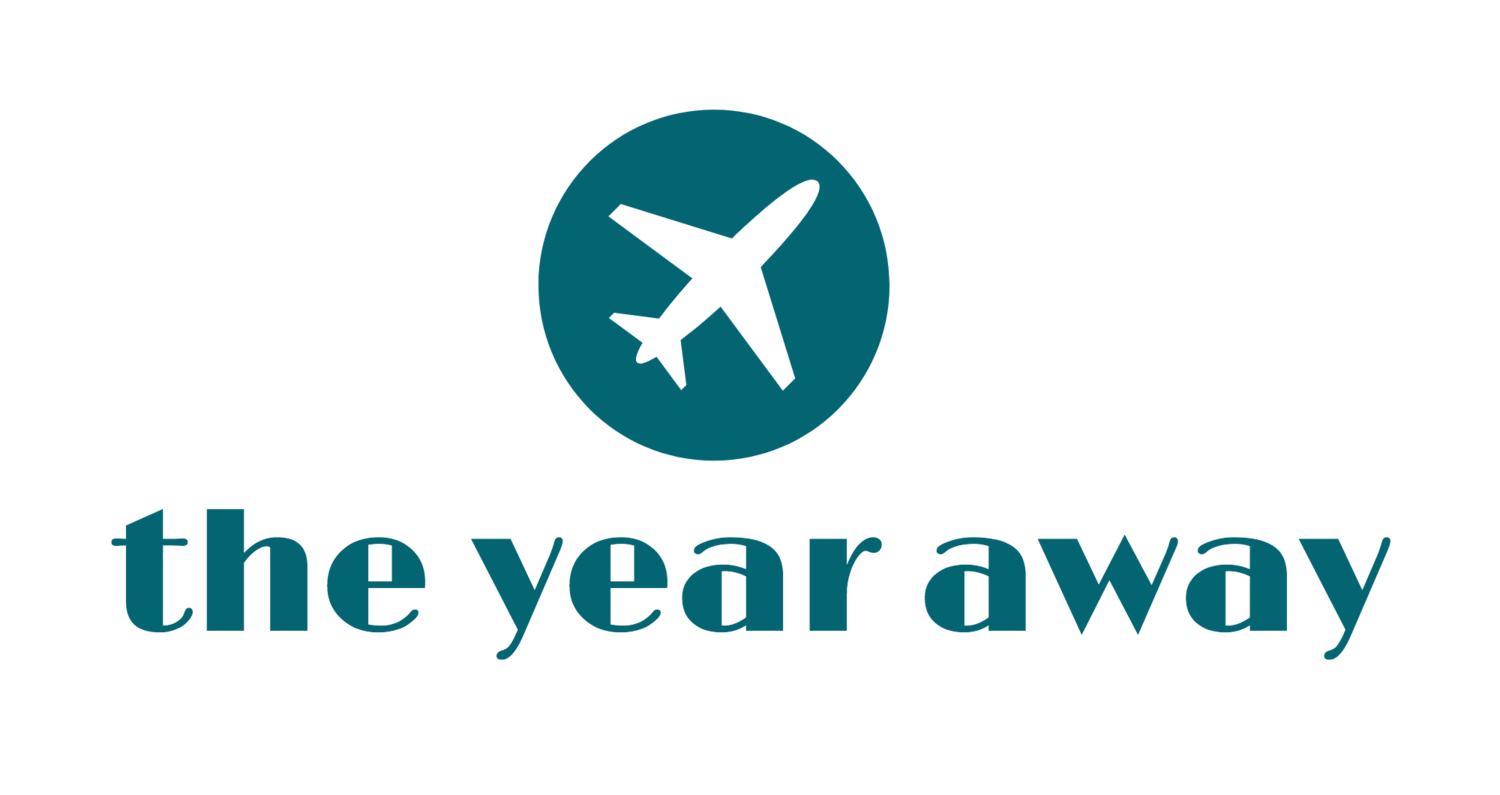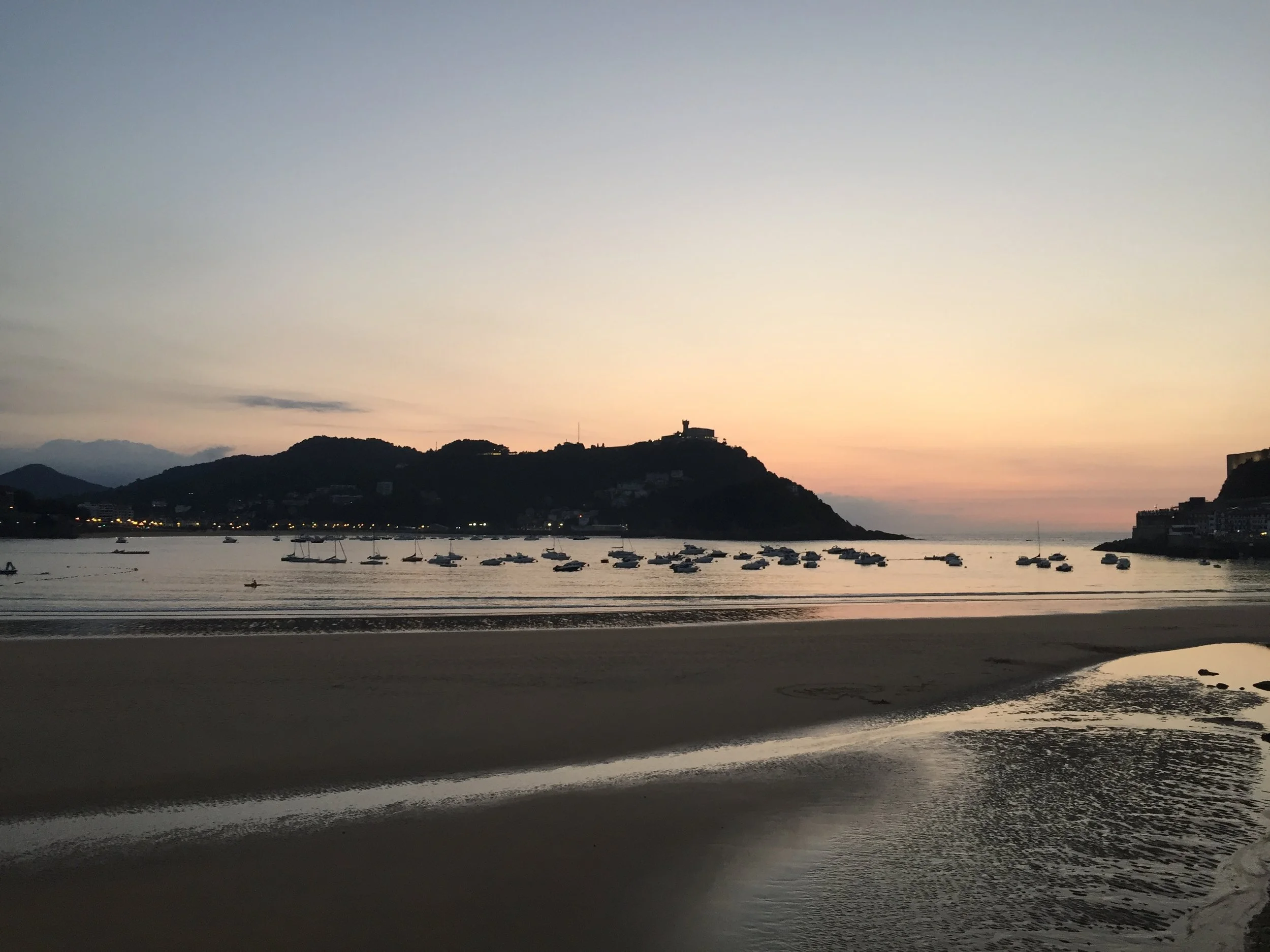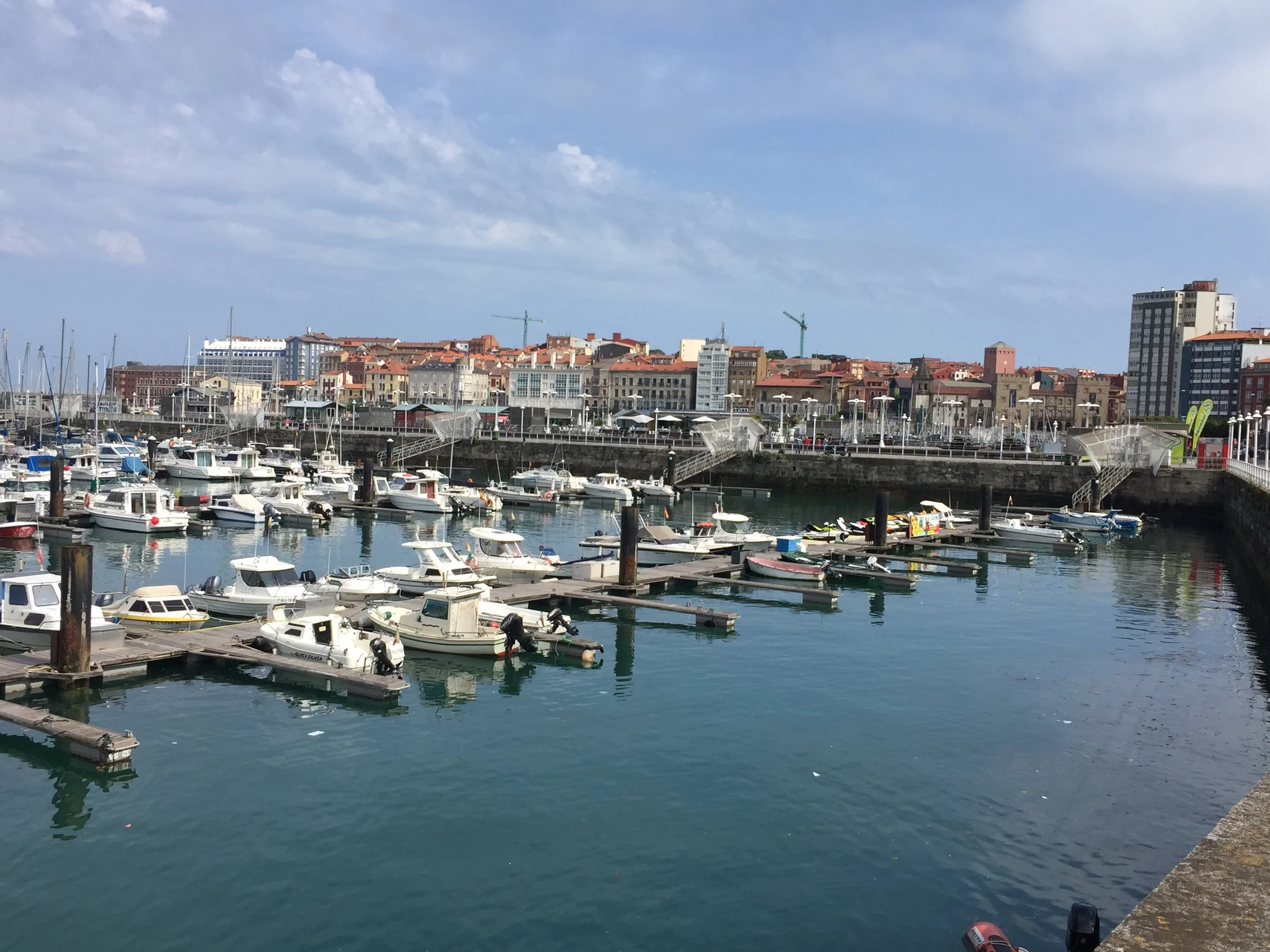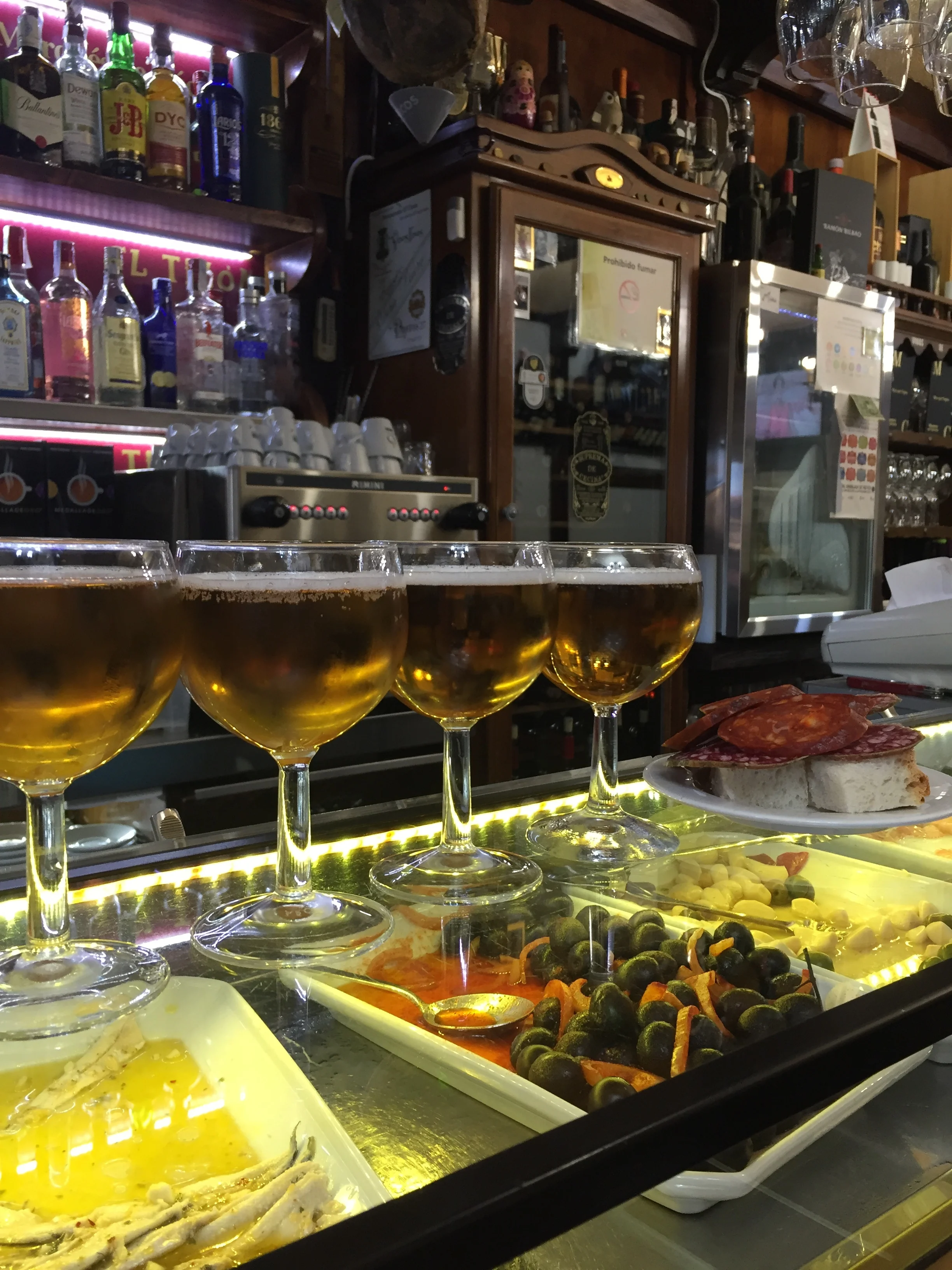Spanish Basque Country Part I: Santander, Entrambasaguas, Bilbao
And unlike the Asturias, we’d stay in each location for two nights, stopping along the way for day trips in between.
Our itinerary looked something like this: two nights in Entrambasaguas, two nights in San Sebastián, and two nights in Logroño. In between, we made full day trips to Santander, Bilbao, and Pamplona. It still felt fast, but the area is loaded with places we wanted to experience.
It also marked the first time we had a stretch on our own in over a month, after traveling with family and friends. The car enabled us to venture past the city centers, and explore more of the countryside.
For example, we stopped in Santander, but preferred to stay 20 minutes outside in the remote village of Entrambasaguas.
Located on the northern Atlantic coast, Spanish Basque country significantly differs from the rest of Spain. A road trip through Basque country was a long time dream of mine ever since I read this article in the New York Times from 2015.
Although the article focuses on the French border, I was enthralled by the descriptions of Provençal rolling hills and mountain villages. Spanish basque country not only has brilliant geographical features with costal mountains, it also has it’s own language and distinct cultural traditions.
From Gijón, we drove to Santander to explore late afternoon.
Most noted for being Cantabria’s capitol, Santander can feel it’s still recovering from a fire that destroyed the city in 1941.
But comparable to many cities we visited in Spain, it’s going under a revival of sorts.
Located on the northern side of the Bahía de Santander, the vast waterfront only opened last year.
We enjoyed walking along the harbor, which we personally found to be the main attraction.
Although there are quieter streets, it is essentially a bustling city.
And thus, a stopover is all we really needed.
We were grateful to make our way to Entrambasaguas. Our airbnb had no house number, not uncommon for the area, but it made it difficult to find in the dark. We pulled up to the wrong house, and the woman who lived there offered to show us where she thought we were staying.
She didn’t speak English, but apparently there was only one airbnb in town, so she got in her car and we followed. To our delight, she was correct. It was late at this point, but our gracious host gave us a tour of the house, completely in Spanish. We smiled and nodded agreeably, as we picked up certain words, but really had little idea of what she was saying. It set the tone for our stay.
We later learned that the beautiful 19th century stone house was recently renovated, while still maintaining the integrity of the home with exposed ceiling beams.
The house is listed as a cottage, but clearly it was far more. We were able to relax and do some recon work for our upcoming road trip—something we had not planned whatsoever. It was raining, which made staying in feel suiting.
Our airbnb
We were also able to bond with our host. We tried to help her fix her phone, she gave us some bread to make sandwiches, and she showed us her favorite spot on the front porch to watch the rain.
We spoke the entire day in two different languages, solely communicating with gestures and facial expressions,
She also recommended we go to the nearby town Liérganes for dinner, since there wasn’t much around.
It was a quaint and surprisingly beautiful small village.
With easy access to nature, a reoccurring theme in the area.
We were tried, so didn’t stay too long, but did enjoy walking around the village before restaurants opened at 8 p.m.
After we left Entrambasaguas, our host wrote us a private note in which she told us that our smiles were “francas y preciosas” and to “no cambiéis nunca,” or never change. She was one of those people who had such a positive impact on us in such a short period of time. It was a wonderful lesson nonverbal communication, and how much meaning can be conveyed without words.
The following day we drove to Bilbao, about an hour drive east.
The city completely took us by surprise. We knew it was renowned for being up and coming for it’s expanding food scene and impressive architecture.
However, we didn’t expect to find it so seemingly livable. We’d add it to our growing list: places we’d relocate.
Bilbao’s most notable landmark is Frank Gehry’s modern art Guggenheim Museum.
The impressive titanium-clad structure opened in 1997 along the Nervion River.
The innovative museum was part an effort to revitalize Bilbao. Although it’s received much acclaim for contemporary and unique exhibits, some critics don’t agree with how the museum has transformed the perviously traditional city.
That being said, the museum was incredibly impressive.
Photos weren’t permitted, but we found the most powerful exhibit to be Joana Vasconcelos’ “I’m Your Mirror.” She had an honest take on popular cultural and also challenged the art scene with interactive pieces, such as a chair swing.
Vasconcelos’ sizable “Egeria” is in the main atrium of the museum and was inspired by the female characters from Norse mythology
Aside from the Guggenheim, we were impressed with the amount of green space. It was easy to escape the center and reach tree lined parks for a picnic.
We absolutely adored Bilbao. Perhaps because of our lack of research beforehand.
We loved our time in Bilbao, but our takeaway had to be our time in Entrambasaguas. So much of hospitality can be relayed nonverbally. Our host made us feel at home when we desperately needed to recharge. The timing couldn’t have been better, and thus it all felt very meaningful.











































